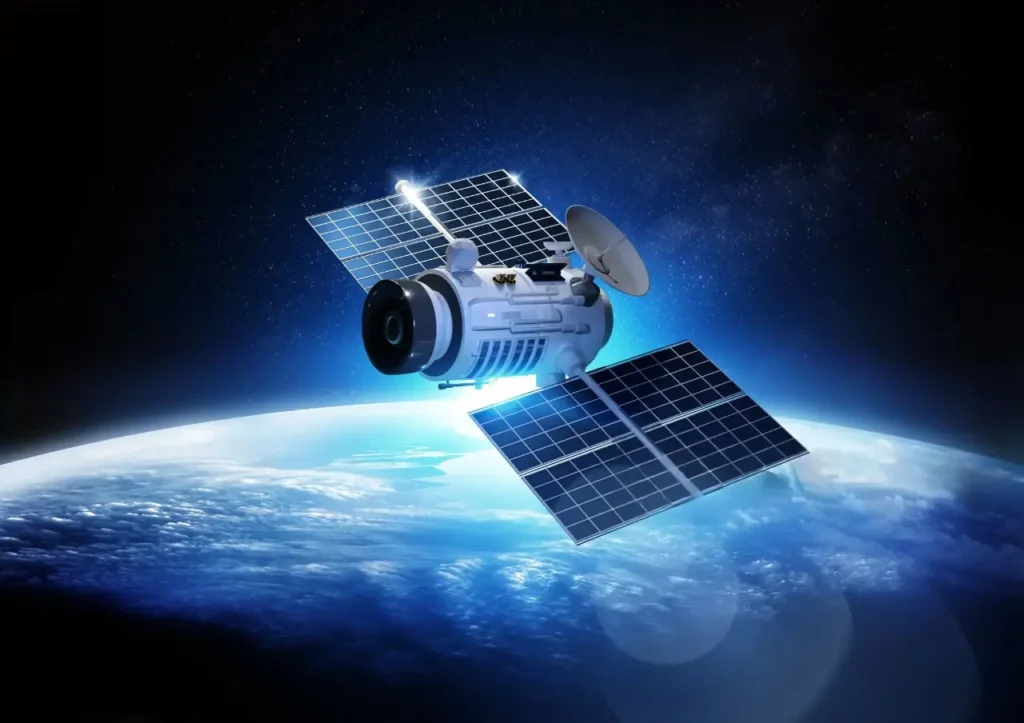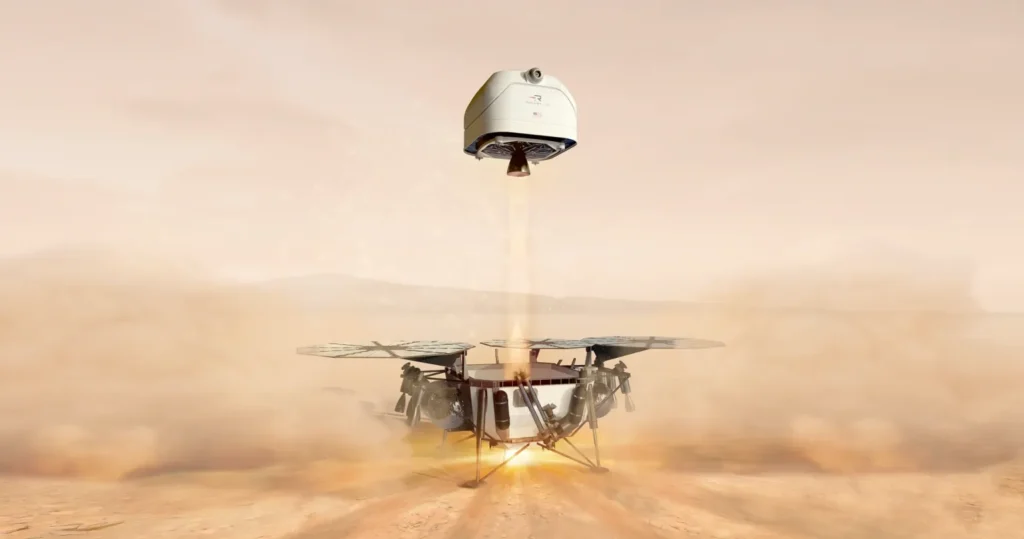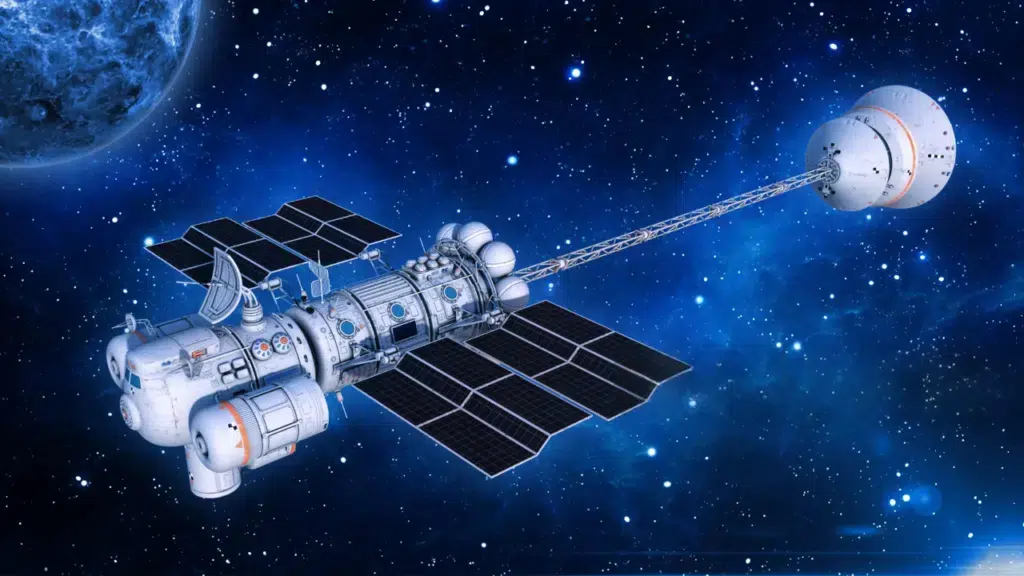Space Junk Crisis: UN Goal to Protect Our Orbit
Scientists urge a new Sustainable Development Goal to tackle the growing threat of orbital debris and safeguard vital satellite services

- Space Junk Crisis: Scientists Urge UN Action Before It’s Too Late – A New Frontier for Global Sustainability
The final frontier is rapidly becoming a cosmic junkyard. The growing threat of space debris is no longer a distant concern – it’s a pressing issue that demands immediate global action, according to a recent report from an international team of leading scientists and space industry experts. The group, representing institutions like NASA, the University of Plymouth, and Slingshot Aerospace, are calling for a radical solution: the inclusion of space sustainability as a new United Nations Sustainable Development Goal (SDG).
- Why We Can’t Ignore the Space Debris Problem Anymore
Earth’s orbit, once a pristine expanse, is now littered with defunct satellites, discarded rocket stages, and countless fragments from past collisions. This orbital debris, traveling at incredible speeds, poses a significant risk to the operational satellites we rely on for everything from navigation and communication to weather forecasting and climate monitoring. With over $469 Billion of human activity annually dependent on space-based services, the stakes are higher than ever.
The situation is rapidly worsening. Slingshot Aerospace, a leading space tracking and analytics company, reports a 17% year-over-year increase in close approaches between objects in low Earth orbit in 2024. This means a higher chance of potentially catastrophic collisions. A staggering 2,877 satellites were launched in 2023 alone, a 15% jump from the previous year. Of the more than 12,500 spacecraft currently orbiting Earth, around 3,300 are inactive, adding to the accumulating space junk.

- The Kessler Syndrome
Experts warn of the dreaded “Kessler Syndrome,” a terrifying chain reaction where collisions create more debris, leading to even more collisions, eventually rendering entire orbital regions unusable. This isn’t science fiction; it’s a very real possibility that could cripple our space-based infrastructure and severely impact life on Earth.
- A Call for a New UN Sustainable Development Goal
Recognizing the urgency of the situation, the international group of experts is advocating for a new, 18th Sustainable Development Goal focused specifically on space sustainability. The UN’s existing 17 SDGs, adopted in 2015, cover a wide range of critical issues, from ending poverty to protecting the environment. However, they notably omit the growing crisis in orbit.
The proposed new SDG would provide a crucial framework for mitigating orbital debris and fostering international cooperation to protect this vital global commons. It is modeled after the 14th SDG, “Life Below Water,” which addresses marine pollution and conservation. Scientists believe that lessons learned from managing ocean debris, such as implementing global treaties and promoting technological innovation, can be directly applied to the space debris challenge.

- From Ocean Conservation to Orbit Protection
“Lessons from managing marine debris — such as implementing global treaties, fostering international cooperation, and encouraging technological innovation — can be directly applied to space debris,” explains Melissa Quinn, general manager of international business at Slingshot Aerospace and a co-author of the report.
Just as the UN’s 14th SDG prioritizes preventing marine debris generation over reactive measures, the proposed space SDG would advocate for a similar “waste hierarchy” in orbit. This means emphasizing strategies like promoting reusability of satellites, developing on-orbit recycling technologies, and ensuring responsible de-orbiting of spacecraft at the end of their operational lives.
- The Economic and Social Imperative of Space Sustainability
Similar to how SDG14 links ecological sustainability with economic and social benefits, a space-focused SDG would recognize the crucial role space plays in our modern economy and society. It would also emphasize the need to hold nations accountable for their actions in space, similar to how SDG14 includes penalties for illegal fishing.
- A Global Effort is Needed
While a legally binding international treaty to safeguard Earth’s orbit is a long-term goal, the process of establishing a new SDG is seen as a crucial first step. It involves building consensus among UN member states and demonstrating how space sustainability aligns with existing SDGs, which already acknowledge the importance of space technology in addressing global challenges like disaster response and climate change. However, those existing goals fall short of addressing the dangers of orbital congestion and the space debris crisis.
The group behind this initiative, which also includes researchers from the University of Auckland and the Zoological Society of London, emphasizes that treating Earth’s orbit as a finite global commons, similar to the oceans, is essential for achieving long-term sustainability. It urges increased space situational awareness capabilities to monitor and avoid collisions and also calls for new rules to regulate satellite deployments.
The time for action is now. Delaying efforts to address the space debris crisis could have catastrophic consequences for our future. By adding space sustainability to the UN’s Sustainable Development Goals, the international community can take a vital step towards safeguarding this critical environment and ensuring that space remains a resource for the benefit of all humanity.
What Can You Do?
- Stay Informed: Follow organizations like Slingshot Aerospace, NASA, and the Secure World Foundation for updates on the space debris issue.
- Support Research: Advocate for increased funding for research into space debris mitigation and removal technologies.
- Raise Awareness: Share this article and others like it to educate your network about the importance of space sustainability.
- Contact Your Representatives: Encourage your elected officials to support international efforts to address the space debris crisis
The Growing Threat of Space Debris
Earth's orbit is increasingly cluttered with space debris, including defunct satellites, discarded rocket parts, and fragments from past collisions. This debris poses a significant risk to operational satellites, which we rely on for crucial services like navigation (GPS), communication, weather forecasting, and climate monitoring.
The Kessler Syndrome
The increasing amount of space debris raises the possibility of the Kessler Syndrome, a chain reaction of collisions that could render certain orbits unusable, severely disrupting our access to space. With over $469 billion of human activity annually dependent on space-based infrastructure, the consequences would be severe.
The Call for a UN Sustainable Development Goal (SDG)
To address this urgent issue, an international group of scientists and space industry experts is calling for a new UN Sustainable Development Goal (SDG) specifically focused on space sustainability. This new SDG would:
- Provide a framework for mitigating orbital debris.
- Promote international cooperation in Space traffic management.
- Encourage the development of technologies for debris removal and on-orbit Recycling.
- Foster responsible behavior in space by all nations and private companies.
- Treat Earth's orbit as a finite global common, similar to how the oceans are managed.
Why It Matters
Protecting Earth's orbit is crucial for our future. A dedicated UN SDG for space sustainability would help safeguard vital satellite services, prevent a catastrophic debris crisis, and ensure that space remains a resource for the benefit of all humanity. The proposed space SDG would take inspiration from the UN's 14th SDG, "Life Below Water", which addresses marine pollution and conservation.
It would advocate for a waste hierarchy in orbit, emphasizing strategies like promoting reusability of satellites, developing on-orbit recycling technologies, and ensuring responsible de-orbiting of spacecraft at the end of their operational lives.











